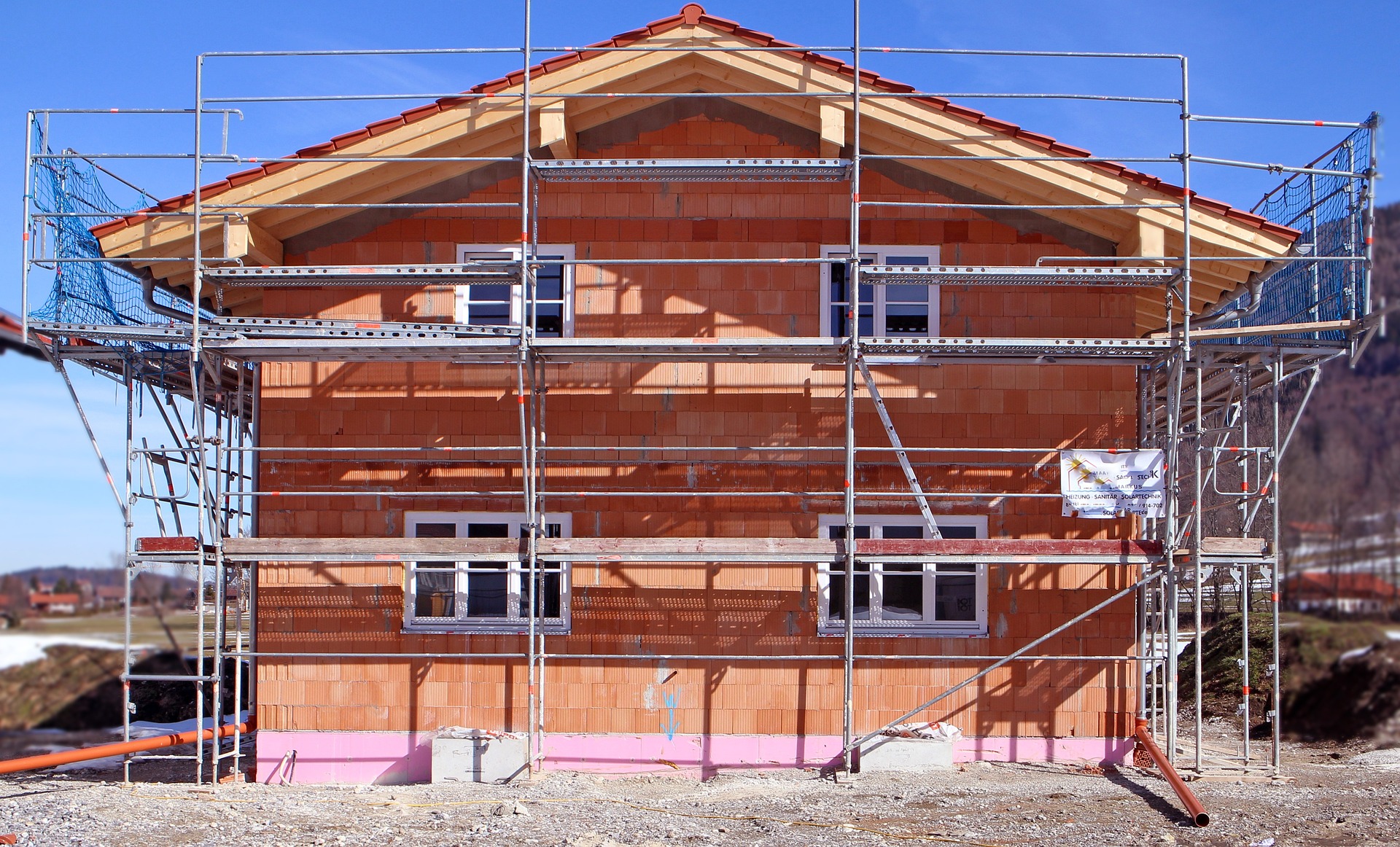Window Replacement 2025: Materials, Costs And What To Consider When Renovating
Planning to replace your windows in 2025? This significant home improvement project can enhance your property's energy efficiency, aesthetics, and overall value. However, navigating the world of window replacement requires understanding various materials, costs, and important considerations before diving into renovation. This comprehensive guide will walk you through everything you need to know about window replacement to make informed decisions for your home.

Popular Window Materials and Their Benefits
Window materials significantly impact performance, maintenance requirements, and aesthetics. In 2025, homeowners can choose from several high-quality options:
Vinyl windows remain popular for their exceptional insulation properties and minimal maintenance. These windows resist moisture, won’t rot or corrode, and typically last 20-30 years. Modern manufacturing techniques have improved their appearance, making them available in various colors and finishes that won’t fade over time.
Fiberglass windows have gained traction for their superior strength and durability. They can withstand extreme temperature fluctuations without warping or cracking and often last 50+ years with proper maintenance. Their ability to be painted any color makes them versatile for various home styles.
Wood windows continue to be sought after for their classic appearance and excellent insulation. While requiring more maintenance than other materials, modern wood windows often come with aluminum or vinyl cladding on exterior surfaces to enhance durability while maintaining the warm, natural interior aesthetic.
Aluminum windows offer strength and slim profiles that maximize glass area. They’re ideal for modern architectural styles and hurricane-prone regions. New thermal break technology has improved their once-poor insulation properties, making them more energy-efficient than their predecessors.
Window Replacement Costs Breakdown
Understanding window replacement costs helps homeowners budget appropriately for their renovation projects. Several factors influence the final price tag of your window replacement project:
Material choice significantly impacts costs, with vinyl windows typically ranging from $300-$900 per window installed, while wood windows can cost $800-$1,800 per window installed. Fiberglass falls between these ranges at approximately $500-$1,500 per window installed. Aluminum windows generally cost $400-$1,100 per window installed.
Window style affects pricing, with single-hung and double-hung windows costing less than casement, bay, or specialty shaped windows. Features like Low-E glass, gas fills, triple-pane construction, and custom sizes all increase costs but may provide long-term energy savings.
Labor typically represents 30-40% of total window replacement costs. Professional installation ensures proper sealing, function, and warranty protection.
| Window Material | Average Cost Per Window (Including Installation) | Lifespan | Energy Efficiency |
|---|---|---|---|
| Vinyl | $300-$900 | 20-30 years | High |
| Wood | $800-$1,800 | 30+ years with maintenance | Excellent |
| Fiberglass | $500-$1,500 | 50+ years | Very High |
| Aluminum | $400-$1,100 | 20-25 years | Moderate |
| Composite | $600-$1,200 | 30-50 years | High |
Prices, rates, or cost estimates mentioned in this article are based on the latest available information but may change over time. Independent research is advised before making financial decisions.
Things To Consider Before Renovating
Before embarking on your window replacement project, several important factors deserve careful consideration:
Energy efficiency requirements should align with your local climate. In colder regions, windows with lower U-factors provide better insulation, while in warmer climates, a lower Solar Heat Gain Coefficient (SHGC) prevents unwanted heat gain. Look for ENERGY STAR certified windows designed for your specific climate zone.
Local building codes and permit requirements vary by location. Many municipalities require permits for window replacements, especially if you’re changing the size or location of openings. Some historic districts have strict guidelines about maintaining a home’s original character, limiting material and style options.
Installation timing can impact project costs and comfort. While window replacement can technically be done year-round, scheduling during spring or fall often provides more moderate temperatures, reducing energy loss during installation and allowing for optimal sealant curing.
Your home’s architectural style should guide window selection. Victorian homes typically feature double-hung windows with divided lights, while mid-century modern homes might use large picture windows or clerestory designs. Selecting windows that complement your home’s architecture maintains its character and potential resale value.
Warranty coverage varies significantly between manufacturers and installers. The best window warranties cover materials for 20+ years and include labor for at least 2-5 years. Read warranty terms carefully to understand what’s covered and any actions that might void coverage.
How To Compare Window Prices Effectively
Comparing window prices requires looking beyond the initial quote to ensure you’re making an apples-to-apples comparison:
Request itemized quotes from multiple contractors to understand exactly what each includes. Comprehensive quotes should detail material costs, labor, removal and disposal of old windows, any necessary repairs, trim work, and cleanup.
Consider long-term value rather than focusing solely on upfront costs. Higher-quality windows may cost more initially but save money through energy efficiency, durability, and reduced maintenance over their lifespan. Calculate potential energy savings based on improved U-factor and air leakage ratings.
Research contractor reputation through reviews, referrals, and verification of proper licensing and insurance. Quality installation is crucial for window performance, regardless of how premium the windows themselves may be.
Ask about financing options if purchasing high-quality windows strains your budget. Many window companies offer financing plans, and energy-efficient models may qualify for utility rebates or tax incentives that offset costs.
Future Window Trends For 2025
The window industry continues to evolve with technological advancements and changing consumer preferences:
Smart windows with integrated technology allow homeowners to control tinting electronically, automatically adjusting opacity based on sunlight intensity or programmed schedules. These systems can be integrated with home automation systems for seamless control.
Ultra-efficient window designs with improved insulation values are becoming more affordable. Vacuum-insulated glass and aerogel-filled windows offer exceptional thermal performance in thinner profiles than traditional triple-pane windows.
Sustainable and recycled materials are gaining traction as environmental concerns grow. Bio-based composite frames made from agricultural waste products provide durability with reduced environmental impact compared to virgin materials.
By understanding materials, costs, installation considerations, and emerging trends, you can approach your window replacement project with confidence, ensuring beautiful, energy-efficient results that enhance your home for decades to come.




